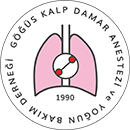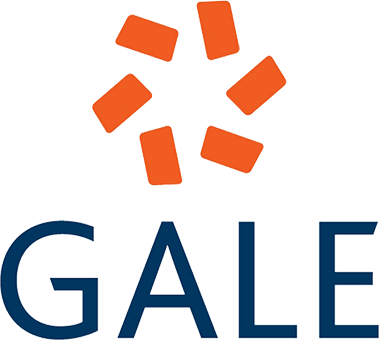

Effects of Cardiopulmonary Bypass on Systemic Inflammatory Response and Organ Dysfunction in Patients Who Had Low Left Ventricular Ejection Fraction Underwent Coronary Artery Surgery
Mert Özer1, Olcay Yaldır1, Arife Şengel1, Fatma Taneli2, Melek Çivi1, Tülün Öztürk11Department of Anesthesiology and Reanimation, Manisa Celal Bayar University Faculty of Medicine, Manisa, Türkiye2Department of Biochemistry, Manisa Celal Bayar University Faculty of Medicine, Manisa, Türkiye
Objectives: Cardiac surgery with cardiopulmonary bypass (CPB) causes systemic inflammatory response and multiple organ dysfunction. The release of cytokines including tumor necrosis factor-alpha (TNF-α), interleukin-1 (IL-1), interleukin-6 (IL-6), interleukin-8 (IL-8), interleukin-10 (IL-10) and interferon-gamma (IFN-γ) was reported to be the main reason of multiorgan failure after CPB. The aim of this study is to investigate the effects of cardiopulmonary bypass on the systemic inflammatory response and the relationship between cytokine responses and organ dysfunction in patients with poor left ventricles underwent coronary revascularization with cardiopulmonary bypass.
Methods: Thirty patients who had depressed left ventricular function (EF≤35%) and underwent CABG surgery were included in this prospective observational study. The maintenance of anesthesia and CPB was performed in accordance with institutional standards. After induction of anesthesia, a thermodilution pulmonary artery catheter was placed via the right internal jugular vein. Peripheral blood samples for the assessment of TNF-α, IL-6, IL-8 and IL-10 levels were taken immediately after the induction of anesthesia (T0), at 30th minute (T1) after the beginning of CPB and at the 1st (T2), 3rd (T3), 6th (T4), and 24th (T5) hours after CPB. Hemodynamic parameters including mean arterial pressure (MAP), heart rate (HR), central venous pressure (CVP), left ventricular end diastolic pressure (LVEDP) and cardiac index (CI) were also recorded in these time intervals. Multiorgan dysfunction score (MODS) was recorded daily for 3 days after the surgery.
Results: IL-6 and IL-8 peaked at the 3rd hour after CPB and returned to the level of the first half hour at the 24th hour. IL-10 peaked at the 1st hour after CPB. TNF-α increased in the first half hour after the beginning of CPB, and this level was maintained. A significant positive correlation was found between IL-6 levels at the 3rd hour and pulmonary, cardiopulmonary and renal dysfunction (r=0.3, p=0.04; r=0.4, p=0.003; r=0.3, p=0.04, respectively). Also, there was a correlation between IL-10 levels at the 6th hour and renal dysfunction (r=0.5, p=0.001) and between IL-6 levels at the 6th hour (r=0.3, p=0.05) and IL-8 levels at the 3rd hour (r=0.3, p=0.03) and hematological dysfunction.
Conclusion: IL-6 and IL-8 peaked at the 3rd hour after CPB; IL-10 peaked at the 1st hour after CPB. TNF-α reached its highest level in the first half hour. A positive significant correlation was found between IL-6 levels and pulmonary, cardiopulmonary and renal dysfunction in the early postoperative period. Also, there was a relationship between IL-8 levels and hematological dysfunction. The development of these studies may be valuable in developing medical treatment protocols that will prevent inflammatory systemic responses.
Makale Dili: İngilizce

















